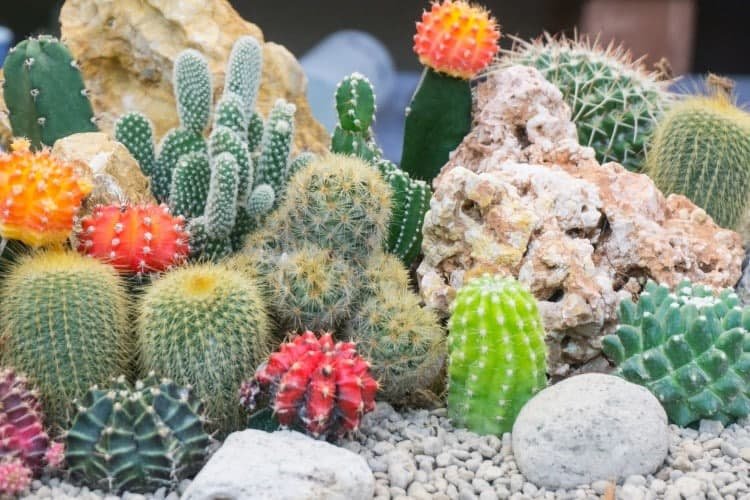
Cacti are a diverse family, the representatives of which are completely different from each other. Domestic and wild, prickly, blooming – whatever. We have compiled a large catalog of the most popular types of cacti and divided it into sections with descriptions and photos. All for your convenience!
home cacti
Those same pets that adorn tables and window sills all over the world. They are unpretentious, rarely need watering and do not cause much trouble to the owners.
Cereus
These popular cacti are pulled out by a beautiful showy candle. At home, Peruvian varieties are usually grown, which reach about 50 cm in height, but sometimes more.
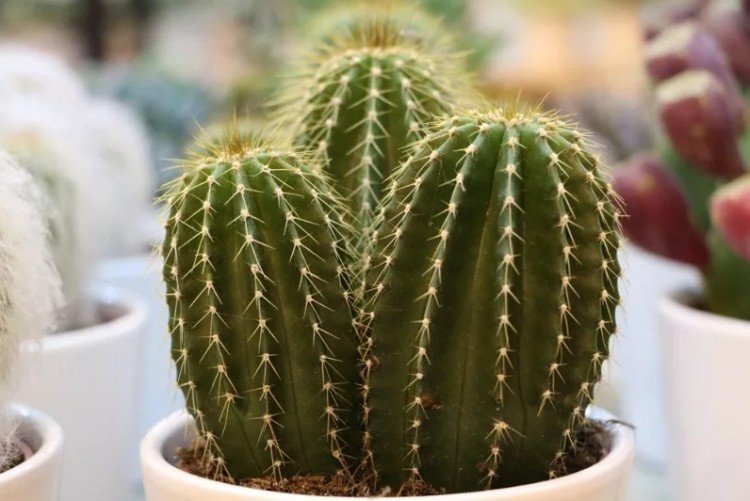
notocactus
Beautiful spherical or cylindrical cactus with different thickness and shape of stems depending on the variety. Notocactus grows very slowly, so it is suitable for those who do not want to constantly deal with transplants.
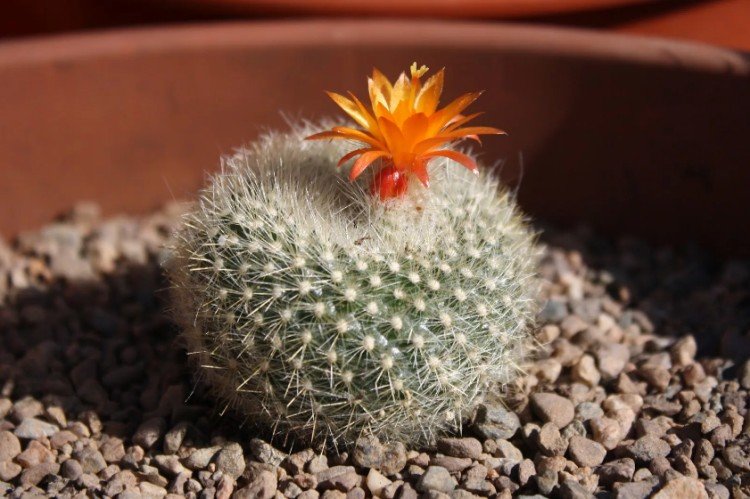
Gymnocalycium
Neat spherical cactus, densely covered with large spines. In an apartment, it grows up to 30 cm and eventually begins to bloom actively. This is a good unpretentious option for beginners!
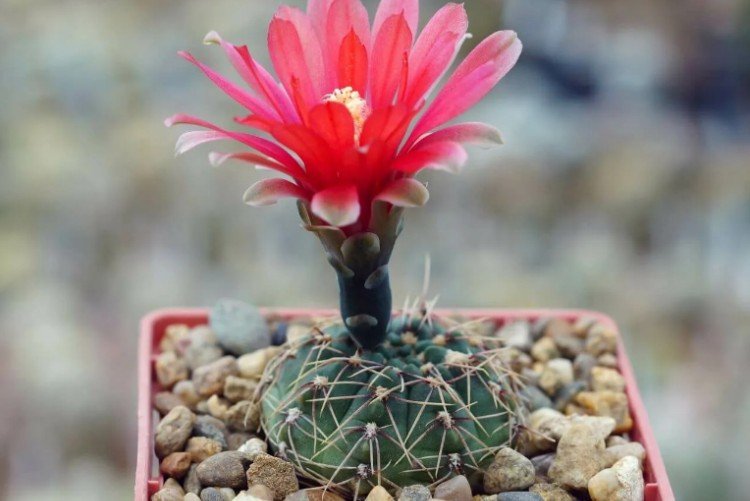
Chamecereus
Bushy cactus with thin and densely covered with thorns shoots quickly grows in length and breadth. It blooms profusely with large red flowers, and some varieties are good for ampel cultivation.
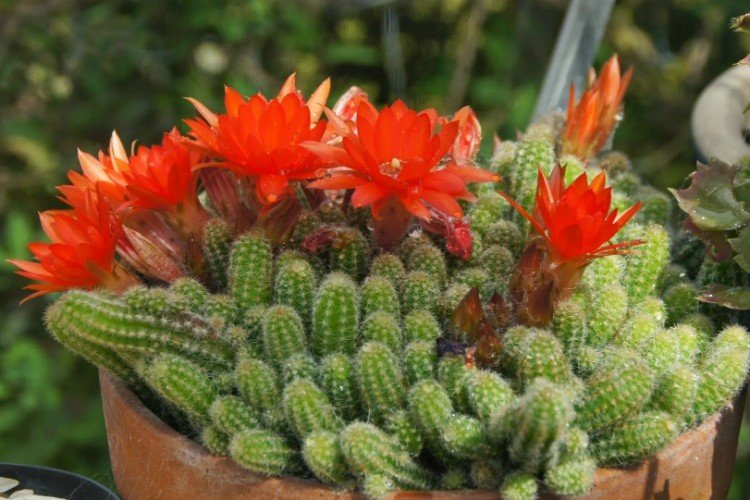
Rebutia
Even adult specimens of rebutia are very tiny – up to 10 cm in diameter, or even up to 5 cm. But their buds are very large and bright, and you can even achieve repeated flowering.
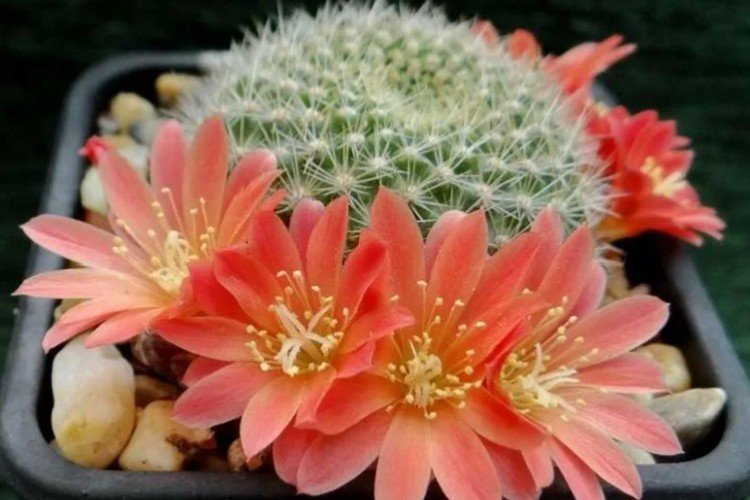
Trichocereus
This type of cereus is distinguished by very fragrant, snow-white, funnel-shaped flowers. The diameter of loose buds sometimes reaches 20 cm. Shoots are green or yellowish.
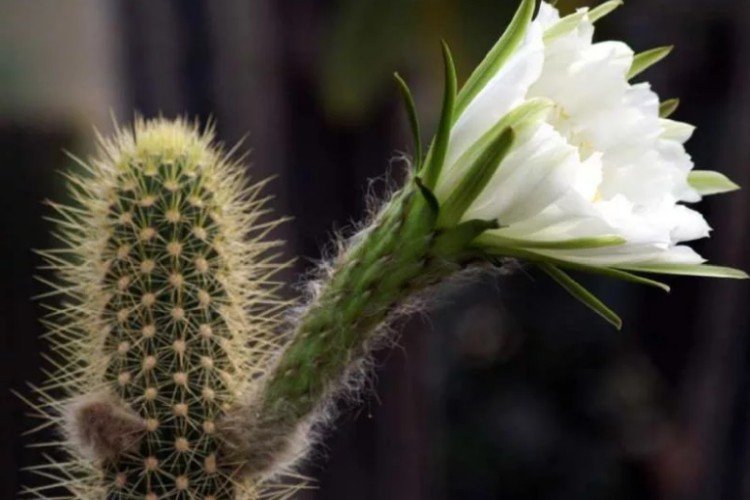
Espostoa
This is a fluffy cactus, which is almost completely covered with fine silky hairs. Some varieties are generally wrapped in them with a solid cocoon.
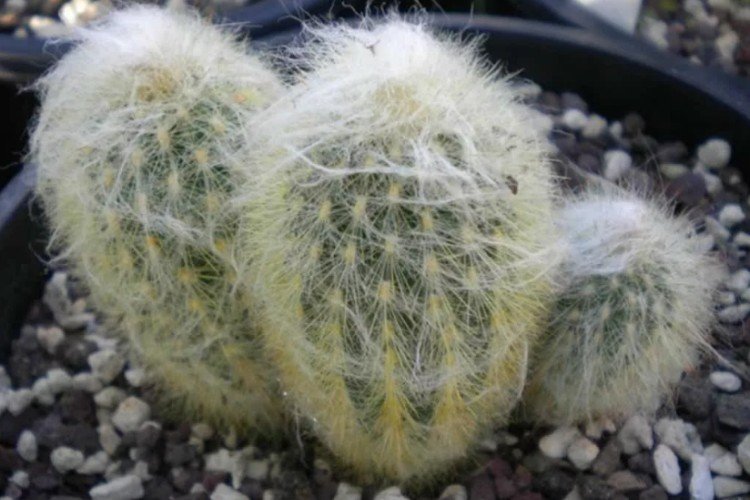
Eriosice
A moody but showy cactus with green or greyish stems. They are very ribbed and prickly. With age, the cactus blooms cream, pink or red flowers.
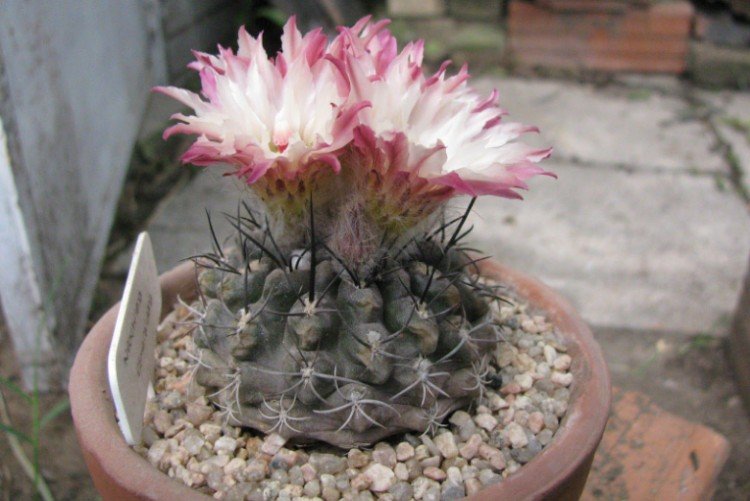
Wilcoxia
A very popular flowering cactus species that is profusely covered in buds throughout the spring. Thin long shoots-twigs, on which large flowers bloom, also look interesting.
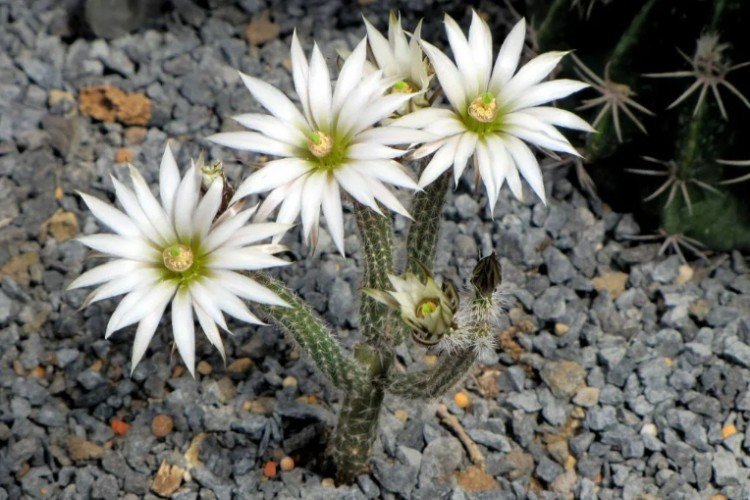
Echinocereus
Echinocereus pleases flower growers with large pink flowers. Very good comb varieties. In some species, even spines are cast in pink.
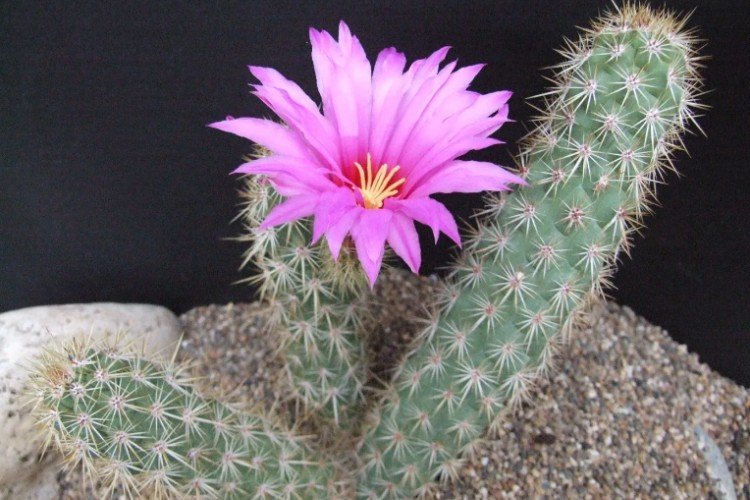
Succulents (85 photos): types, features of care
wild cacti
In the wild, cacti impress with their size and variety. Among them there are real monstrous giants. Some are even edible and used to make drinks.
Aporocactus
A branched cactus that grows whole shrubs in the Mexican deserts. It is not too resistant to high temperatures, but it blooms beautifully.
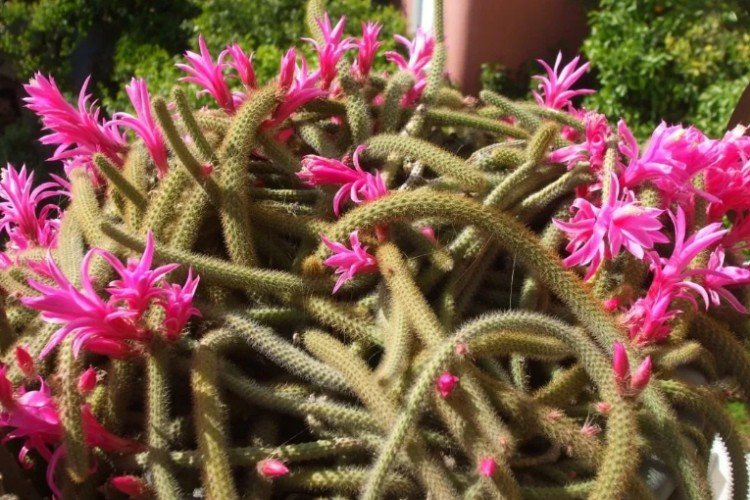
Prickly pear
Prickly pear is easily recognizable by its flat, oval stems that resemble broad leaves. They also grow in bushes up to 4 m in size. Opuntias are covered with thorns, including small and almost imperceptible ones.
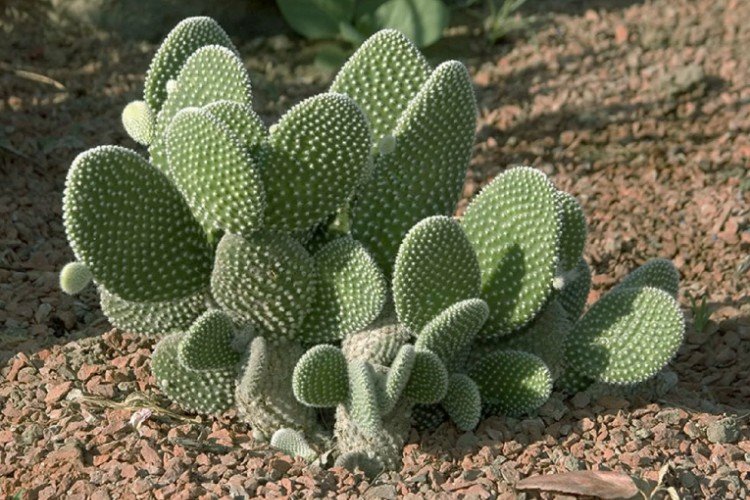
Hylocereus
The original creeping or climbing cactus with creeper-like shoots. It is common in tropical regions and grows spreading shrubs up to 3 m tall.
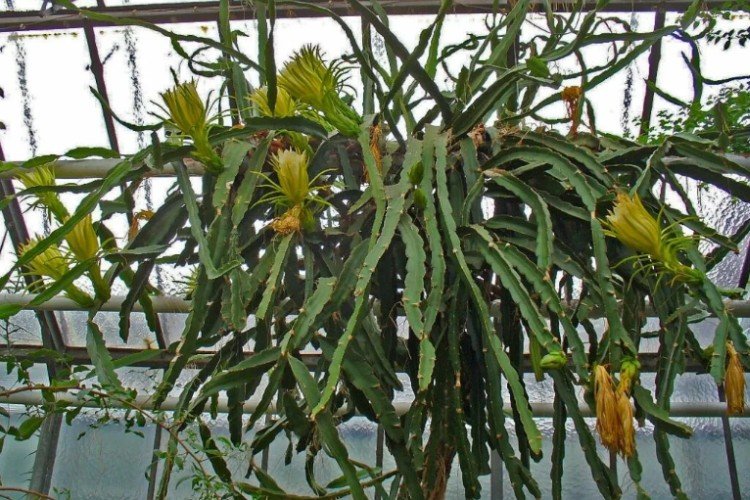
Echinopsis
An extensive group of desert cacti with round, thick stems and sparsely stiff spines. Young echinopsis are like a ball, but stretch out with age.
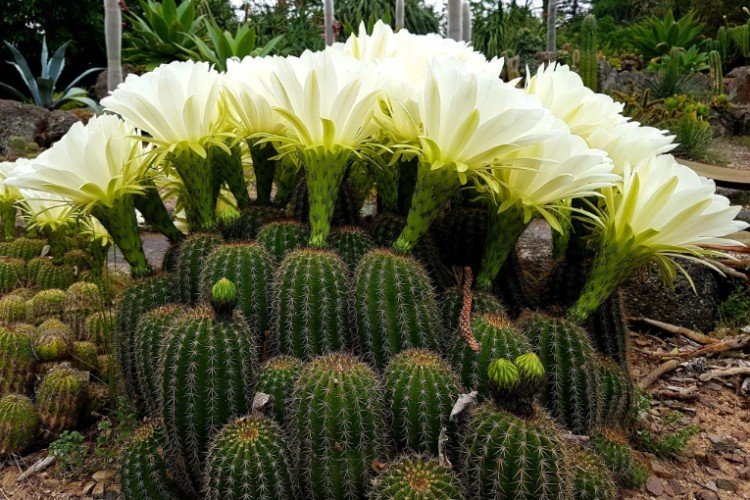
Mammillaria
A common Mexican species, the shoots of which are densely covered with convex papillae, from where small fleecy needles grow. This is a compact cactus with a bright and abundant flowering.
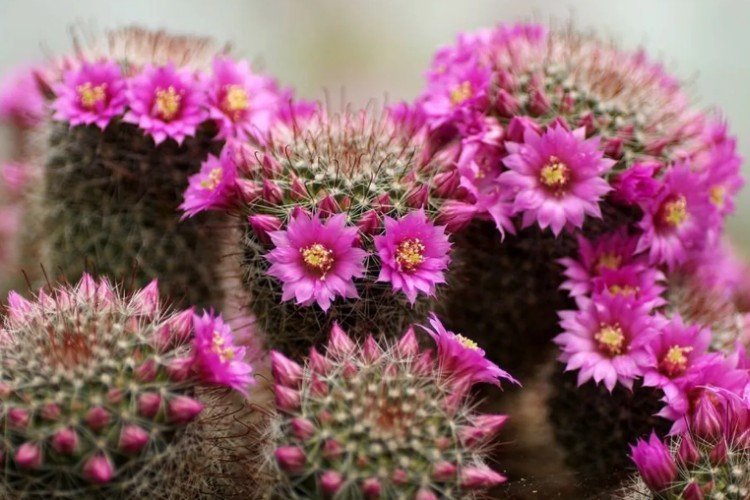
Astrophytum
Unusual cacti with bizarre ribbed stems and very beautiful flowering. In spring, they are covered with large buds, securely protected by powerful spines.
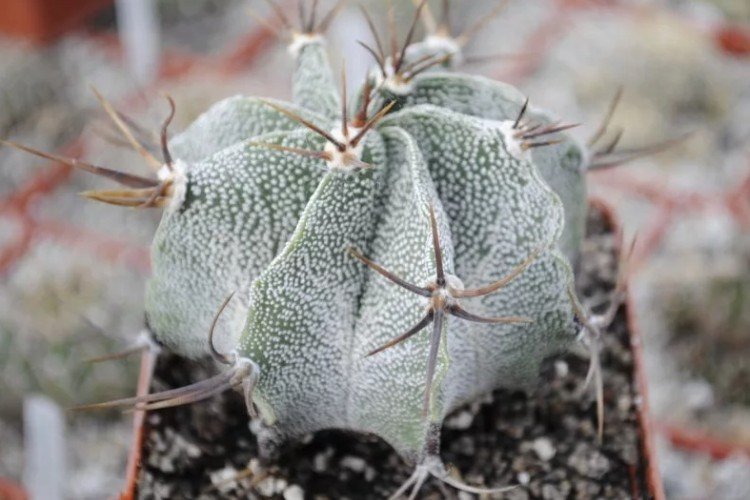
Echinocactus
One of the leaders in the length and impressiveness of the needles. Young plants grow in a ball, but stretch out with age. In the natural environment, the height reaches 2-3 m. The ribbed shoots are densely covered with thorns. There are specimens that are about 500 years old.
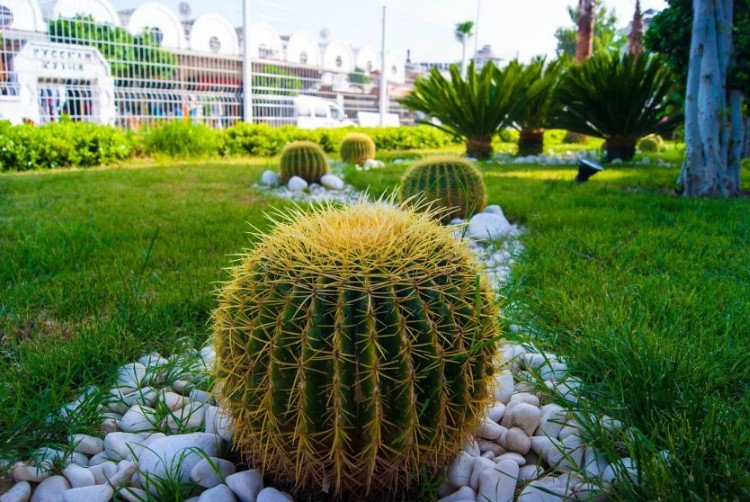
Cleistocactus
The cleistocactus has unusual straight stems that are very elongated in length and can eventually droop to the ground. The shoots are densely covered with thin whitish or yellow spines.
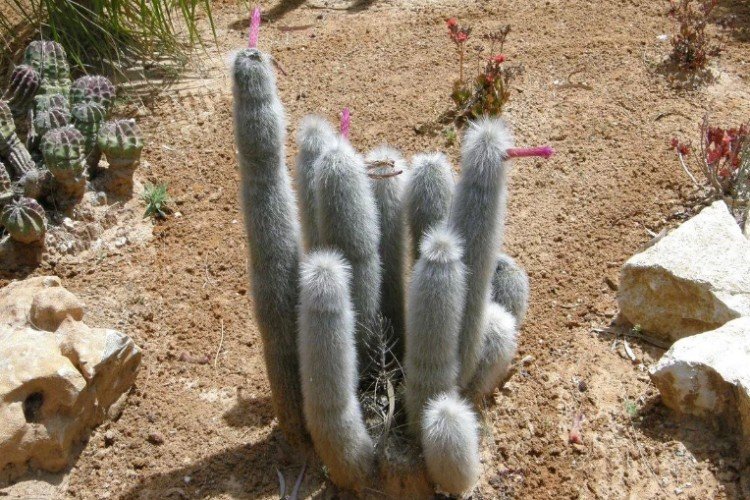
ferocactus
Spectacular genus of spherical cacti up to a meter in diameter. Buds open at the top of mature plants. Ferocactus have become very popular among flower growers due to their colored spines.
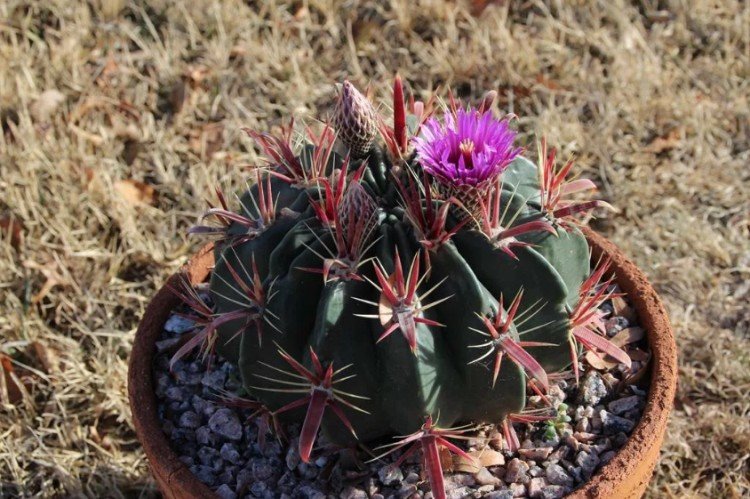
Ailostera
A mountainous cactus species that grows in Argentina at an altitude of over 3 km above sea level. Rounded shoots are very small, up to 6 cm in diameter, but they are abundantly overgrown with children, due to which they grow in breadth.
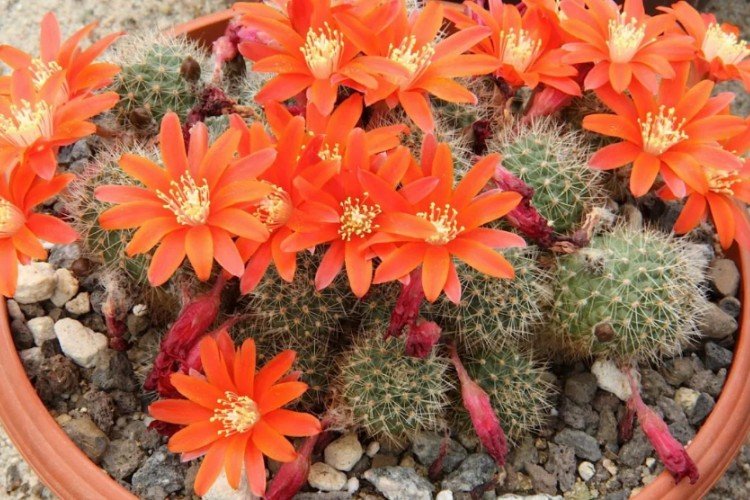
Lepismium
Rare forest epiphyte with long drooping stems, at the end of which flowers bloom. The ribbed edges of the segments are reminiscent of the fact that once there were spines.
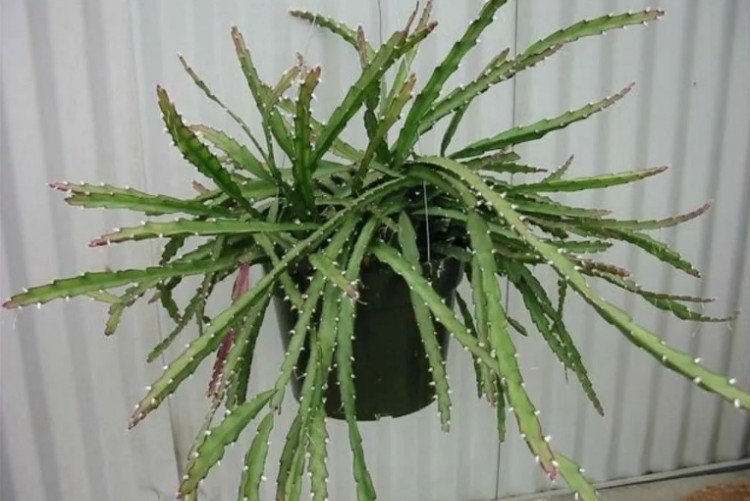
Gerbera (70 photos): types and features of care
Cacti without thorns
Did you know that not all cacti are covered with thorns? There are very spectacular views without them at all, and we will talk about this in the continuation of the selection. Often they are confused with succulents, and there are really a lot of similarities!
hatiora
Oddly enough, hatiora really belongs to the cactus family. Looking at its segmented long shoots resembling corals, it’s hard to believe. By the way, it also blooms with bright yellow bells.
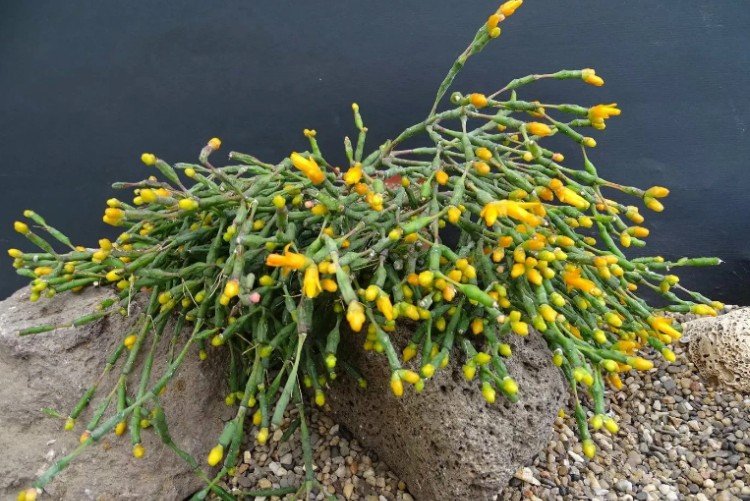
Ariocarpus
Flower growers adore it for its amazing appearance, thanks to which Ariocarpus cannot be confused with anything. Technically, it has spines, but they are underdeveloped. But the flowers are surprisingly good.
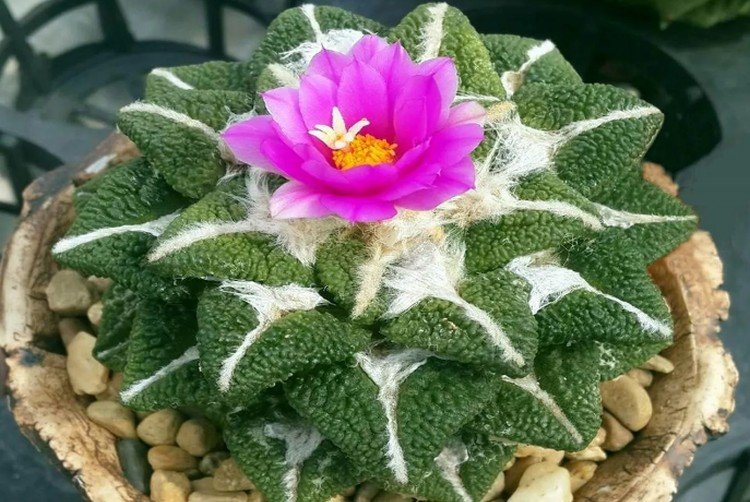
Rhipsalis
An unusual South American plant consists entirely of dozens of branching ribbed stems without leaves and spines. This is an excellent ampelous option that will delight you with flowering in winter.
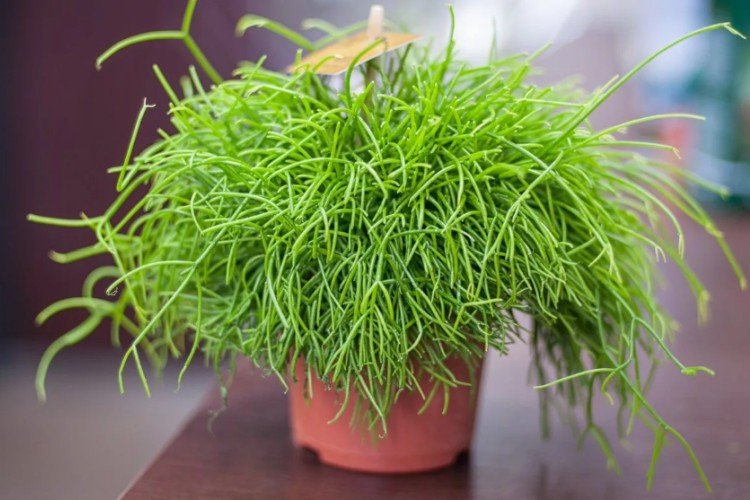
Oreocereus
At first glance, it seems prickly, but in fact it is just thick, stiff hairs. At home, they protect the plant from night frosts. However, there are also quite needle varieties.
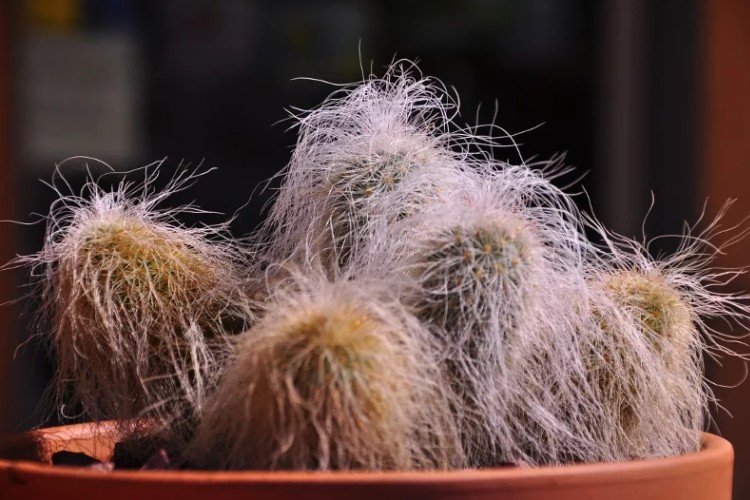
Epiphyllum
Another tropical inhabitant without leaves and thorns, who feels quite comfortable in the apartment. The flat, wide shoots of the epiphyllum themselves resemble leaves. Especially impressive are large flowers up to 12 cm in diameter.
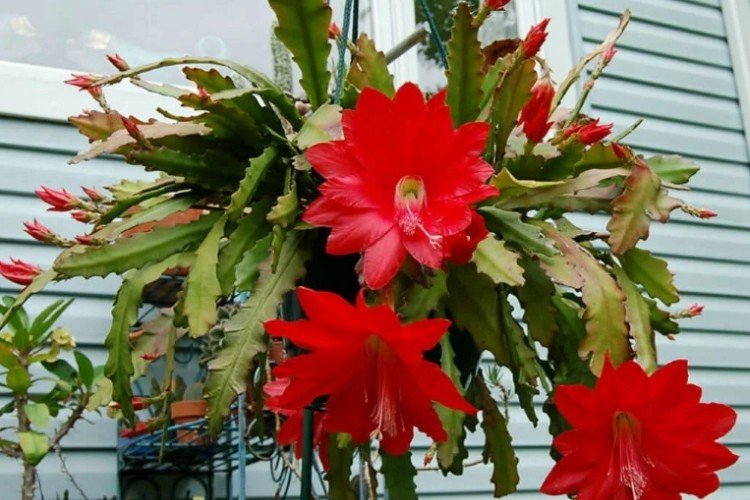
Schlumbergera
She is also a Decembrist and a zygocactus. The ribs of its segmented shoots are covered with small teeth, but still they cannot be called full-fledged spines. Schlumbergera blooms for a month, right in time for the new year.
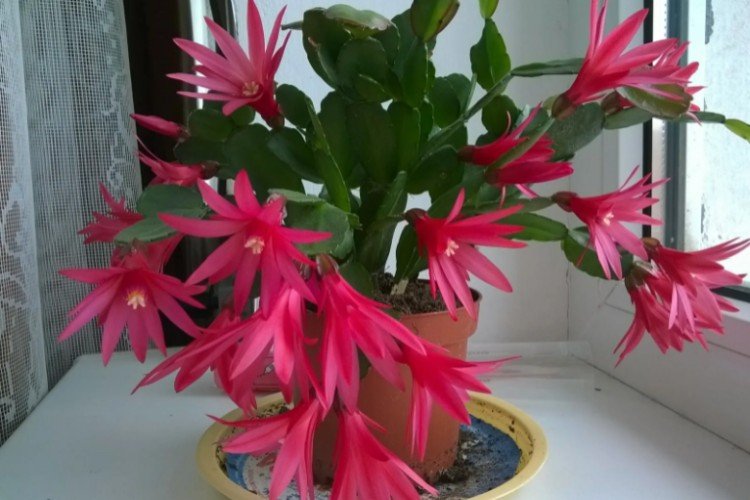
Pereskia
An old heat-loving species, outwardly resembling an ordinary bush with fleshy smooth leaves. But keep in mind that peresky spines are still found on the stems, so handle it more carefully.
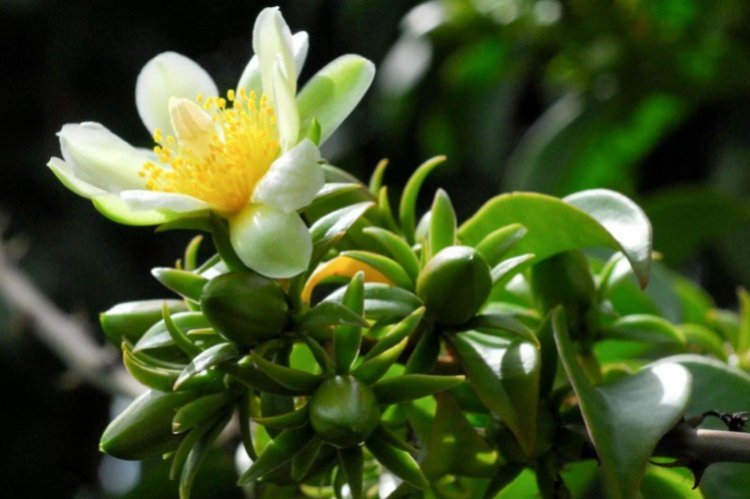
Ripsalidopsis
Ripsalidopsis resembles a Schlumberger – with the same flat segmented shoots, even without a jagged edge. The species are easily distinguished from each other by the structure of these segments.
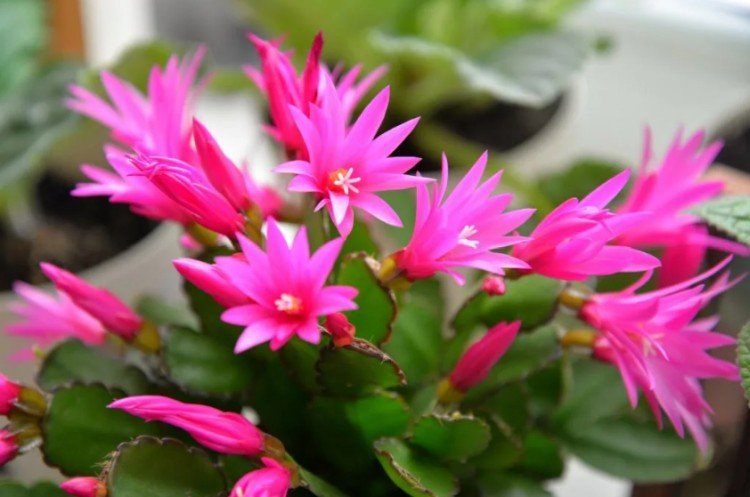
Lophophora
The outlandish Mexican cactus resembles a voluminous segmented ball with tubular flowers in all shades of white or red. At home, lophophora is not at all whimsical, but needs winter rest.
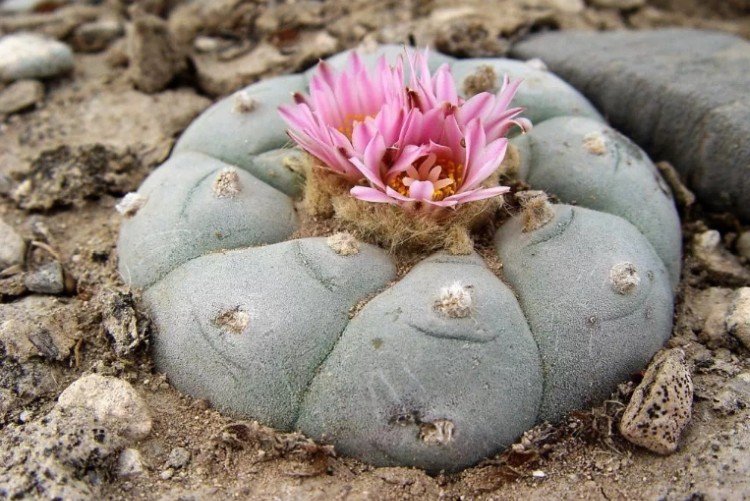
Did you like the post? Subscribe to our channel in Yandex.Zen, it helps us a lot in development!





